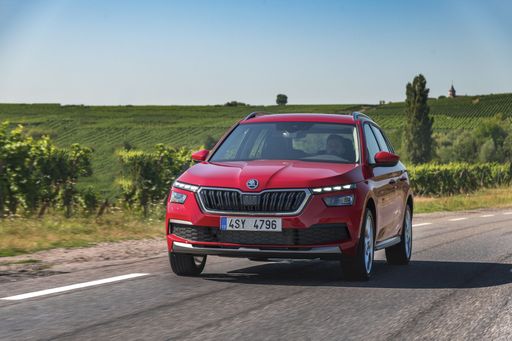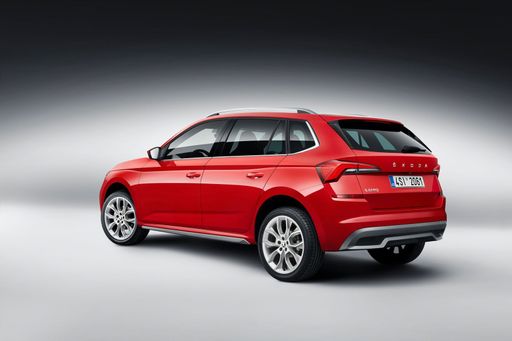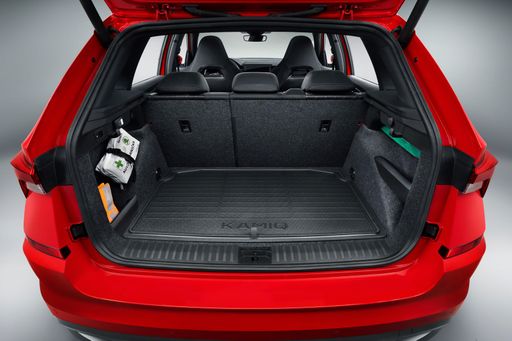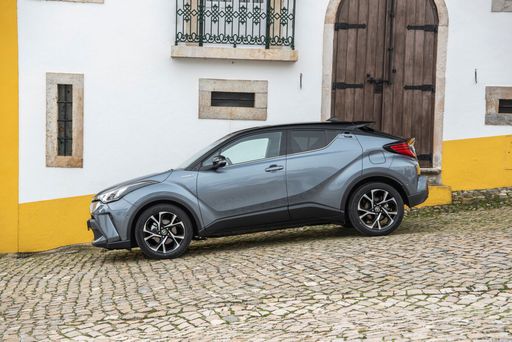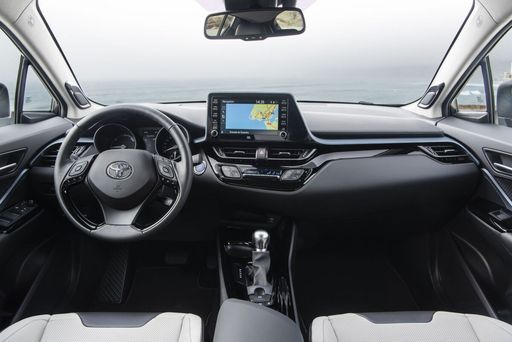Skoda Kamiq vs Toyota C-HR: The Battle of Compact SUVs
The compact SUV segment has been gaining momentum, thanks to the increasing demand for versatile and efficient personal vehicles. Among the popular models competing in this category are the Skoda Kamiq and the Toyota C-HR. Both cars offer unique features, technical specifications, and innovations that cater to a wide range of drivers. In this article, we will explore the performance, design, and technology of these two formidable contenders.


